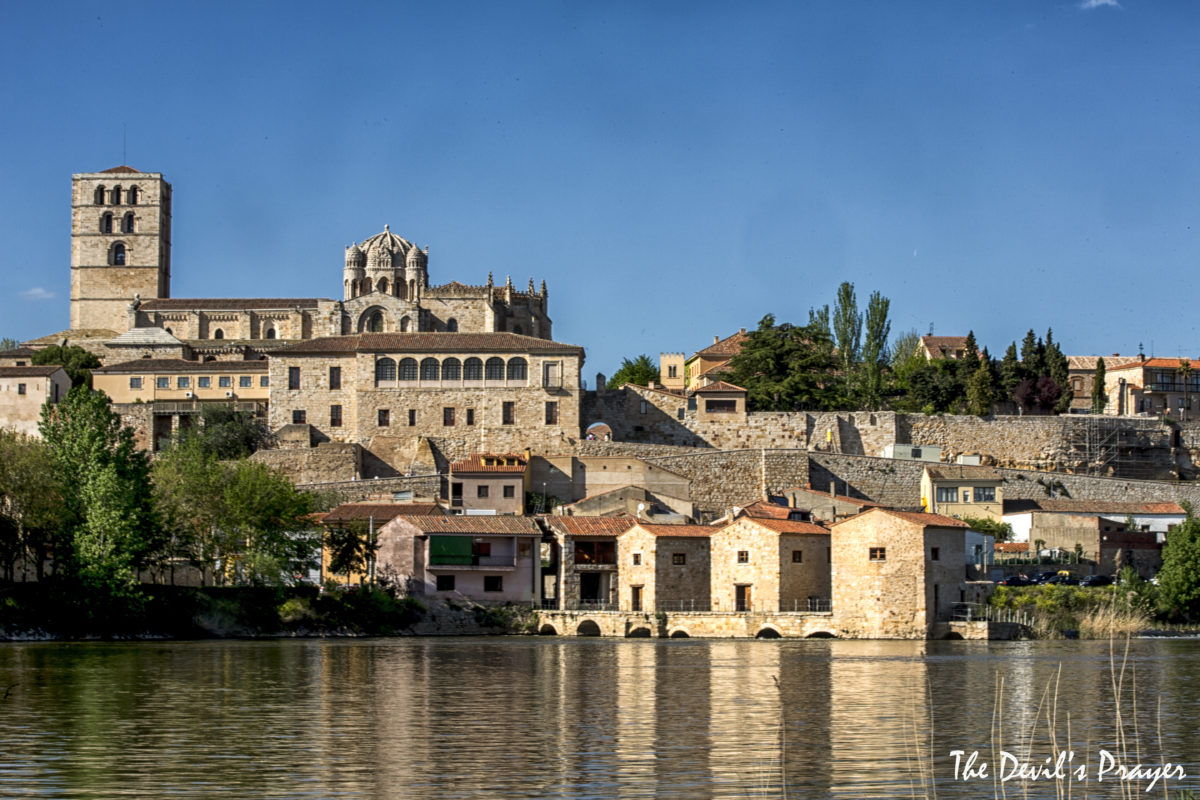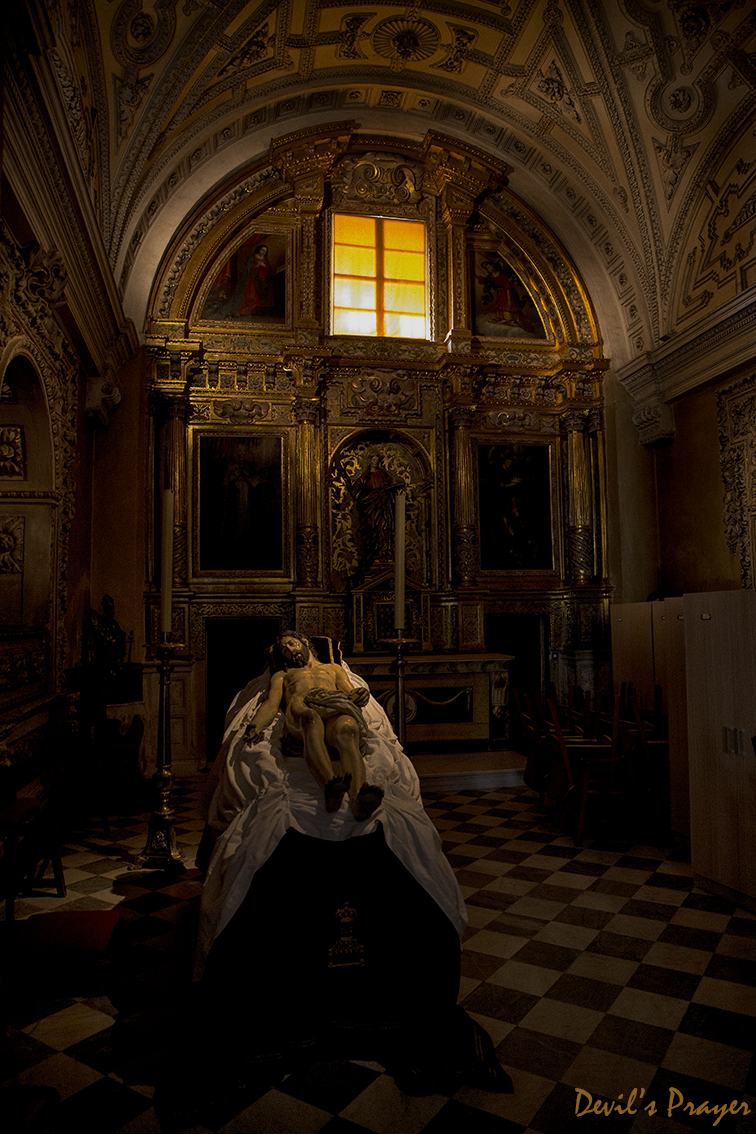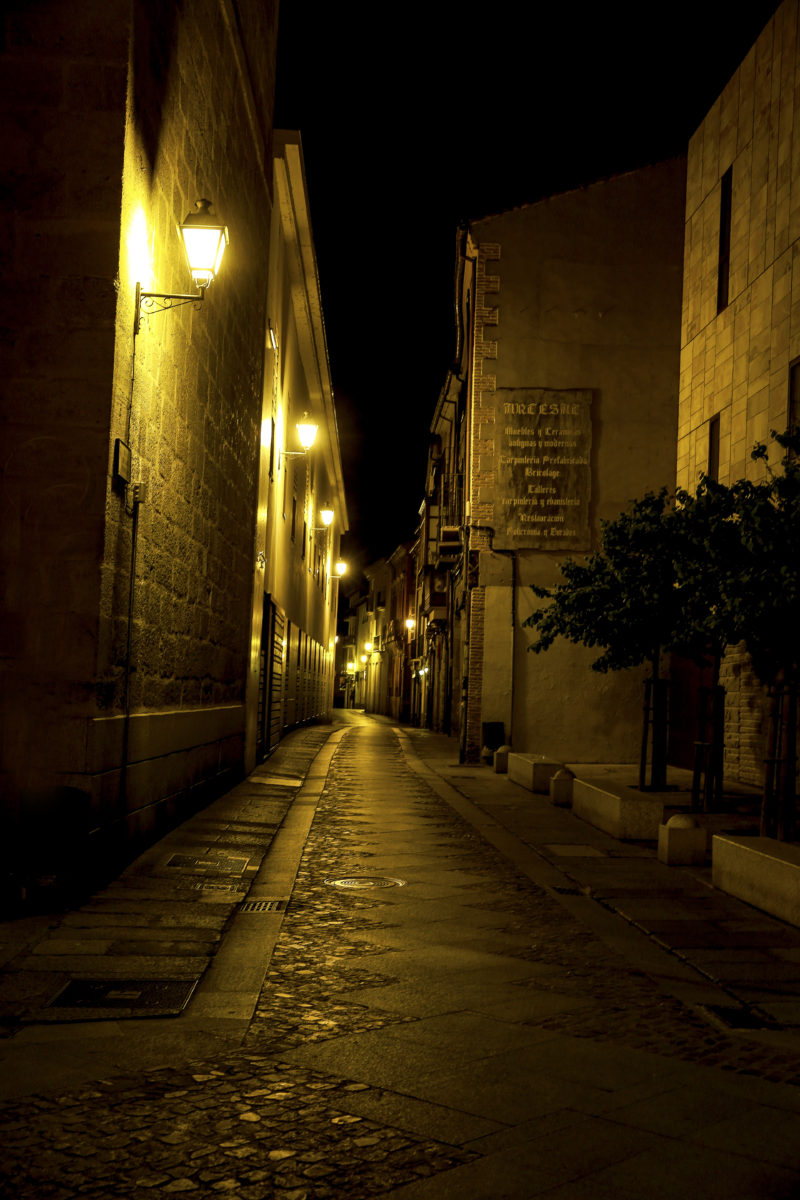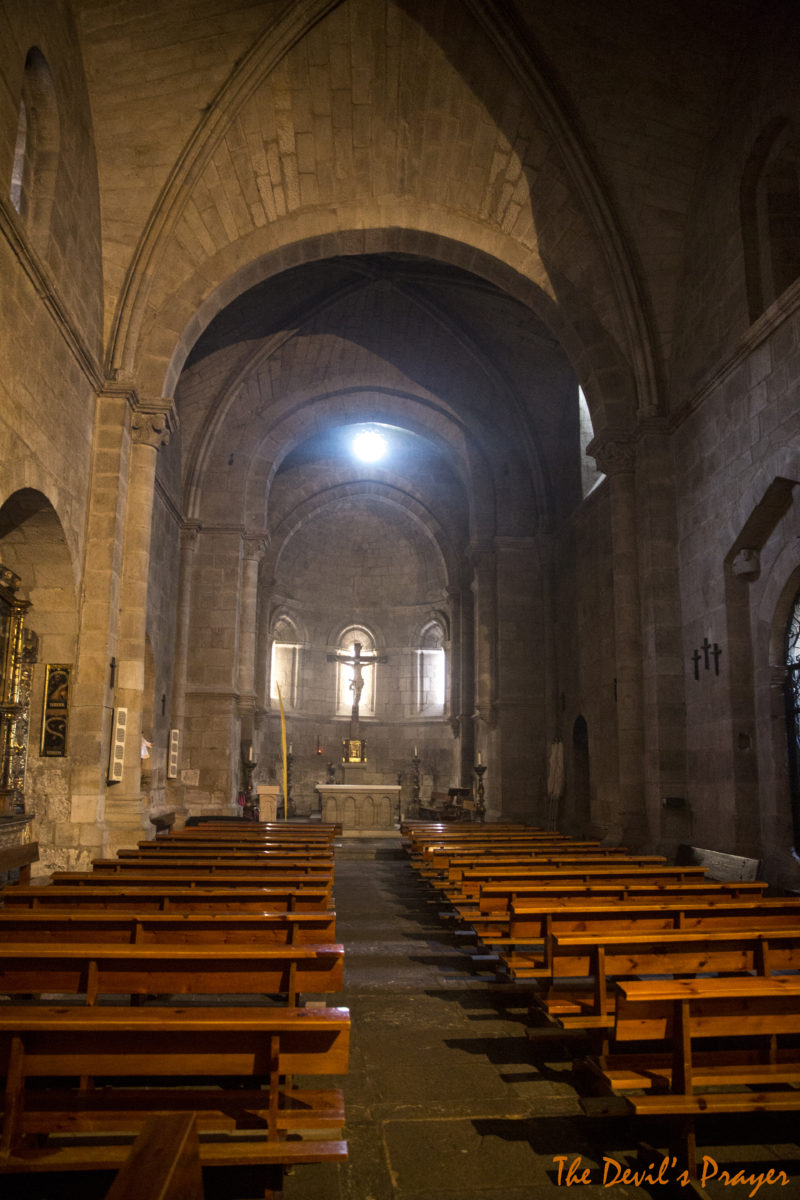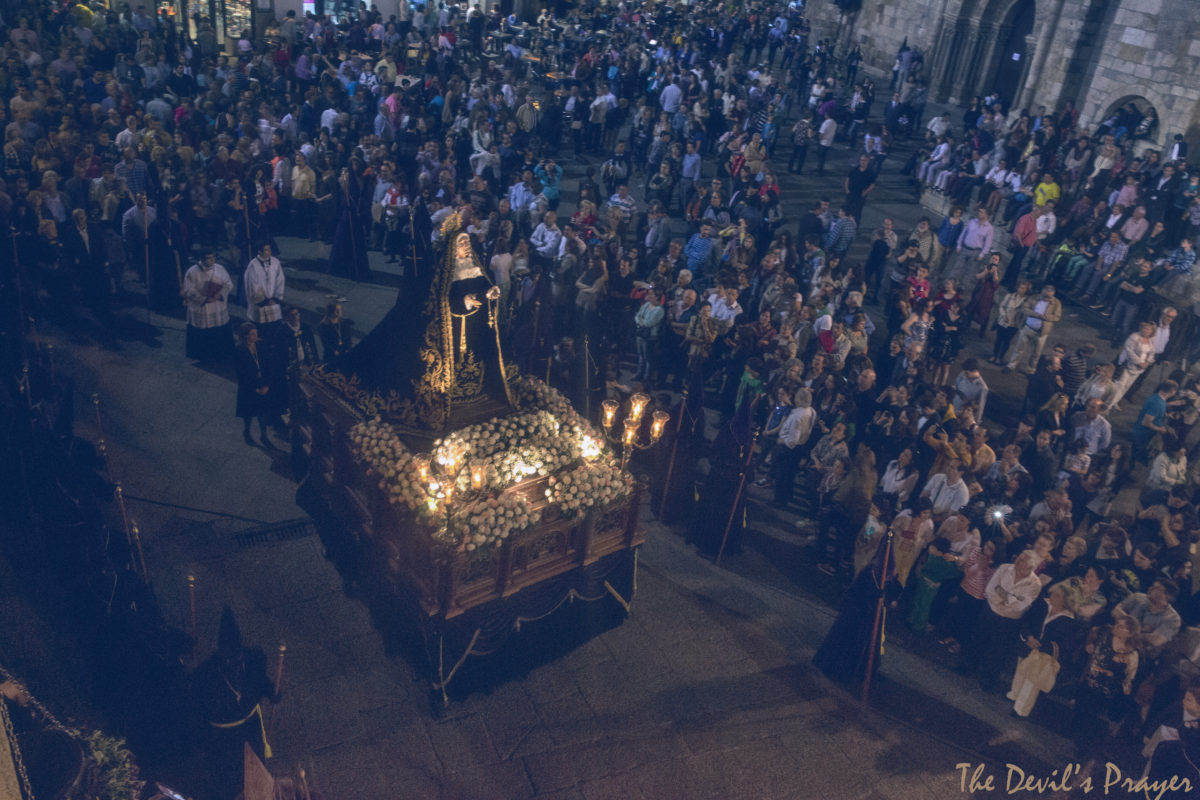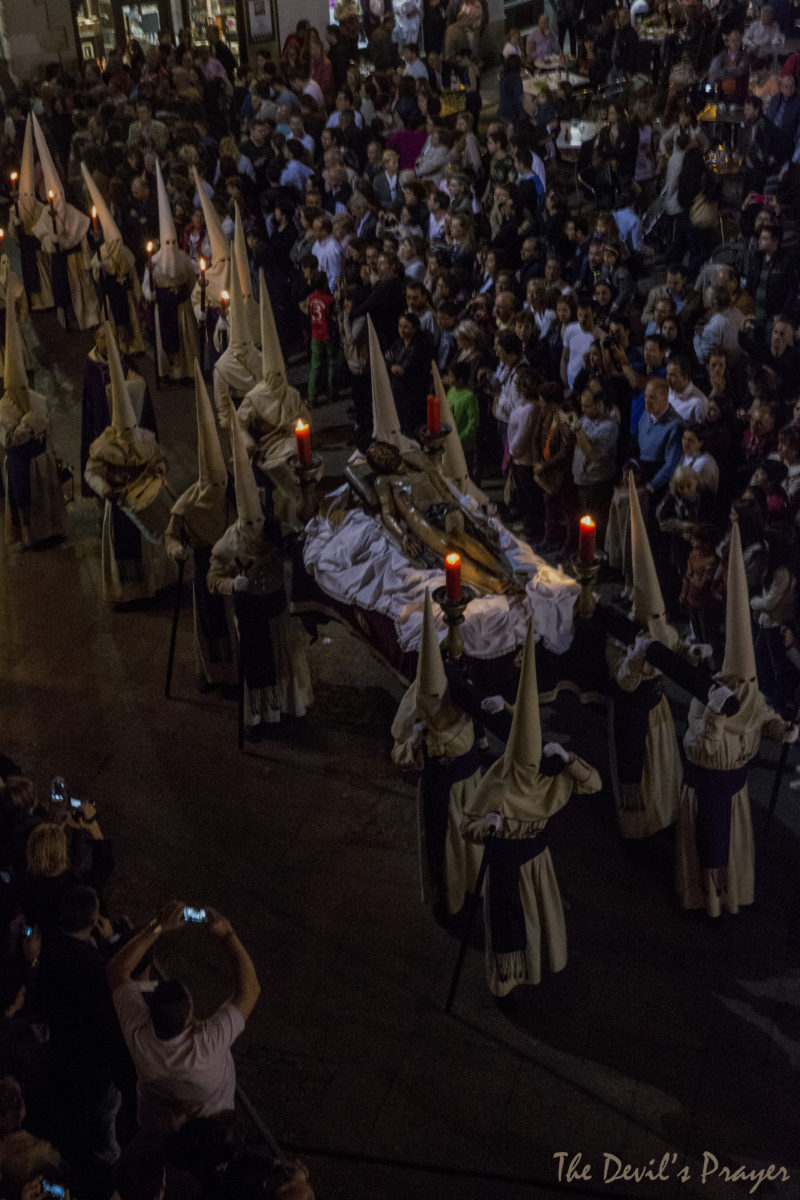Zamora is a small city in the northwest of Spain. It lies on a rocky hill on the banks of the Duoro River, approximately 50 kilometres downstream of the border with Portugal. Zamora from across the Duoro River.
Zamora has 24 characteristic Romanseque style churches built in the 12th and 13th Century and has the most Romanesque churches in all of Europe. The neighbouring Moreruela Abbey located some 35 kilometres to the north grew to be the grandest and richest in all of Spain was also reconstructed around the year 1200 by the Cistercian Order which took control of it around the year 1160 AD. Indeed it would appear the the Golden Age of Zamora and Moreruela occurred around the end of the 12th Century and early 13th Century around the time when the Devil’s Bible was written.
The Cathedral of Zamora is still surrounded by its old walls and gates.
Built between 1151 and 1174, it is one of the finest examples of Spanish Romanesque architecture. The dome of Zamora Cathedral is almost Moorish in architecture. It’s magnificent interiors are a living museum.
The dome of Zamora Cathedral
An ancient book housed in the locked section of Zamora Cathedral
Statue of Christ in Zamora Cathedral
Deserted streets of Zamora at night.
Zamora station at night
Iglesia de Santa Maria de la Horta
Semana Santa in Zamora
During the Semana Santa (Easter Week), Zamora holds the oldest of all penance processions, dating back to 1179. The Holy Week in Zamora is well known for its funereal and solemn nature. Each year during the Easter Week, the city swells with at least a quarter of a million penitents and visitors, who have either come to take part in or watch the processions.
The Iglesia de San Juan Batista in Plaza Mayor as crowds flock in anticipation of the Semana Santa parade on Good Friday 2014.
The Holy Week in Zamora is celebrated by 17 brotherhoods and fraternities that perform 17 penance processions on the streets of the old city. Every year since the thirteenth century, the brotherhoods walked the streets dressed in their ancient penitential robes with conical hats, or caperuzos, used to conceal the face of the wearer. The robes had been used since medieval times for nazarenos, or penitents, to demonstrate their penance while still masking their identity. The penitents carry processional candles, home-made wooden crosses and walked slowly ahead of a magnificent pasos, or floats. The exact colors and forms of these robes depend on the particular procession. These nazarenos carry processional candles or rough-hewn wooden crosses, may walk the city streets barefoot, and, in some places may carry shackles and chains on their feet as penance. The Semana Santa parade in Zamora is unique as some processions use monks robes and torch fire instead of candles and male choirs instead of marching bands.
Banners of the brotherhoods hang from the balcony in Plaza Mayor
The magnificent statues and relics which adorn the pasos were crafted from the 14th Century onwards. Most carving are made of wood and fully dressed with a fabric. These incredible works which are taken in procession are usually owned by the brotherhoods although a number of them are owned by churches and parishes, the yield to the brotherhoods that worship them for their processions. Most images are guarded and shown to the public at the Museum of Easter. There these remain mounted on their respective processional steps in Zamora known as “tables”.
Paso: Sorrows of the Virgin Mar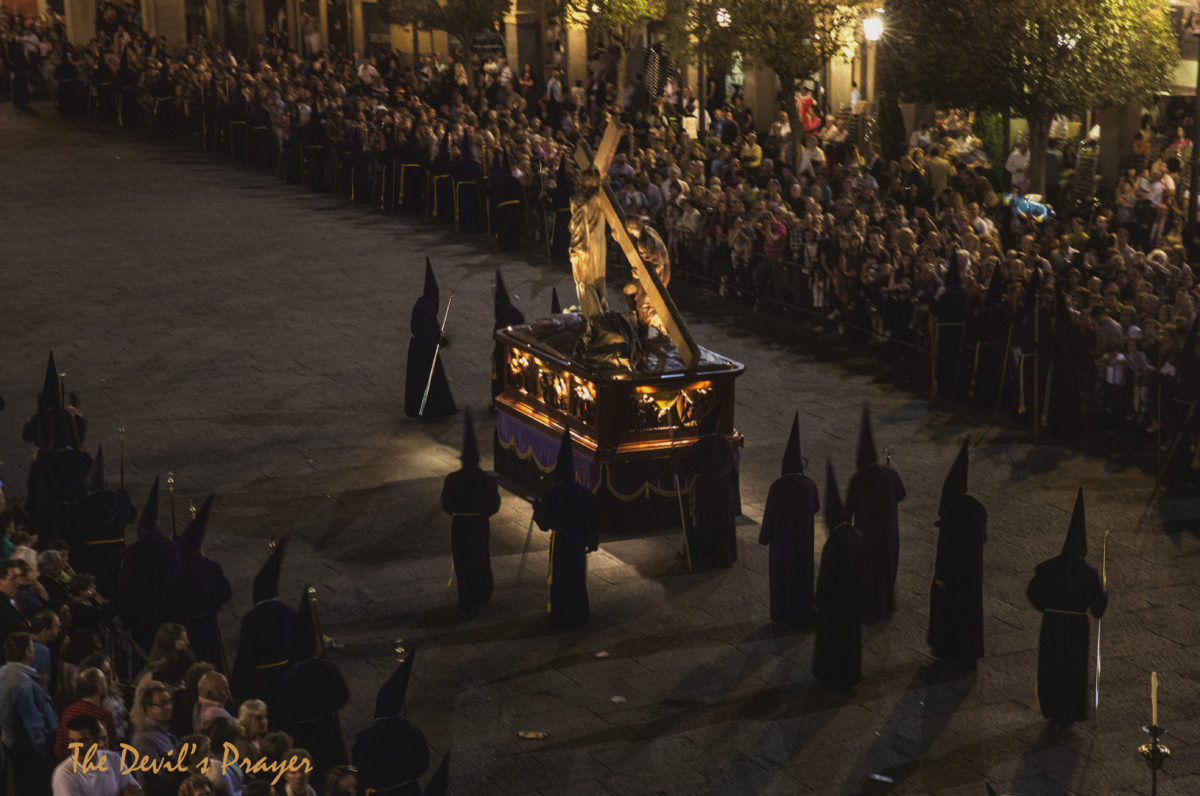
Paso: Christ and the Cross
Paso: Christ is brought down from the cross
The main Semana Santa procession usually ends at the Plaza Mayor, the square in the heart of Zamora. The Semana Santa parade climbs the slopes along Calle Riena before it marches around the Iglesia de San Juan Batista which occupies the centre of Plaza Mayor and then disperses.
The Semana Santa parade climbs the slopes of Calle Riena
The Semana Santa parade disbands
